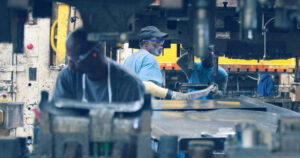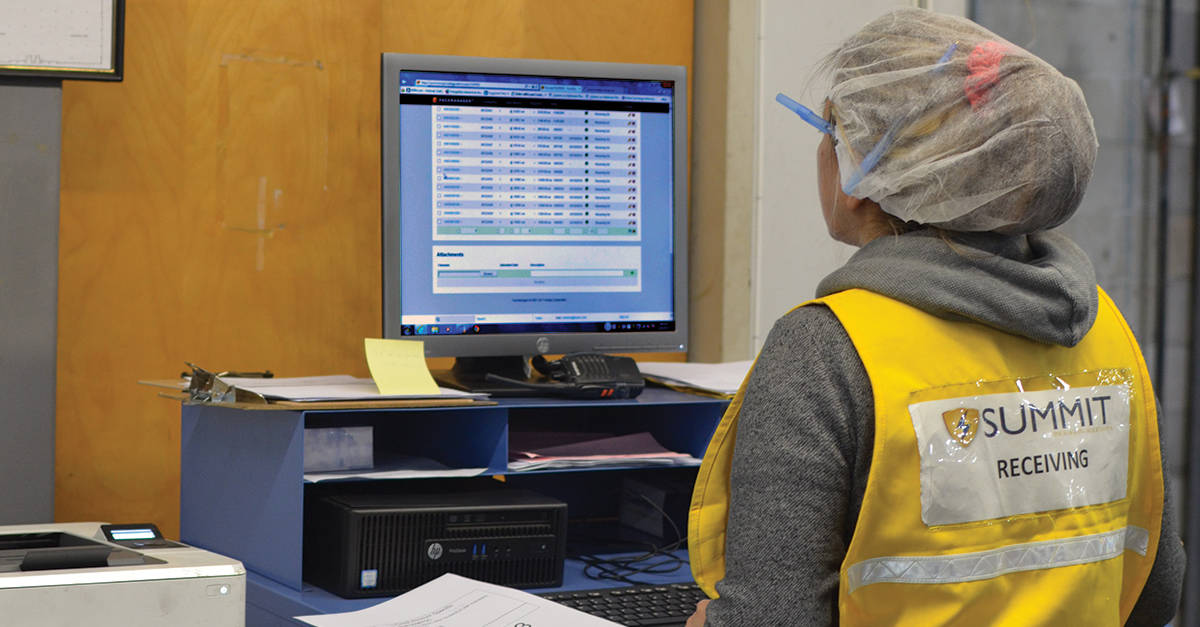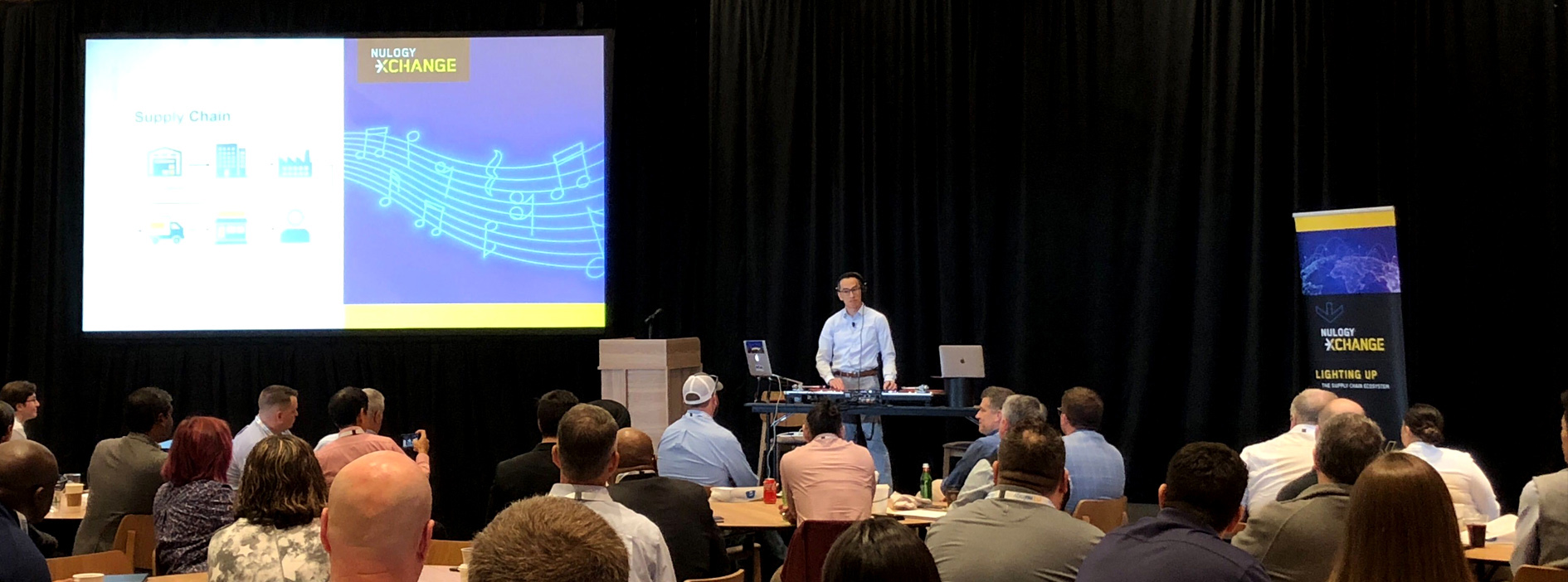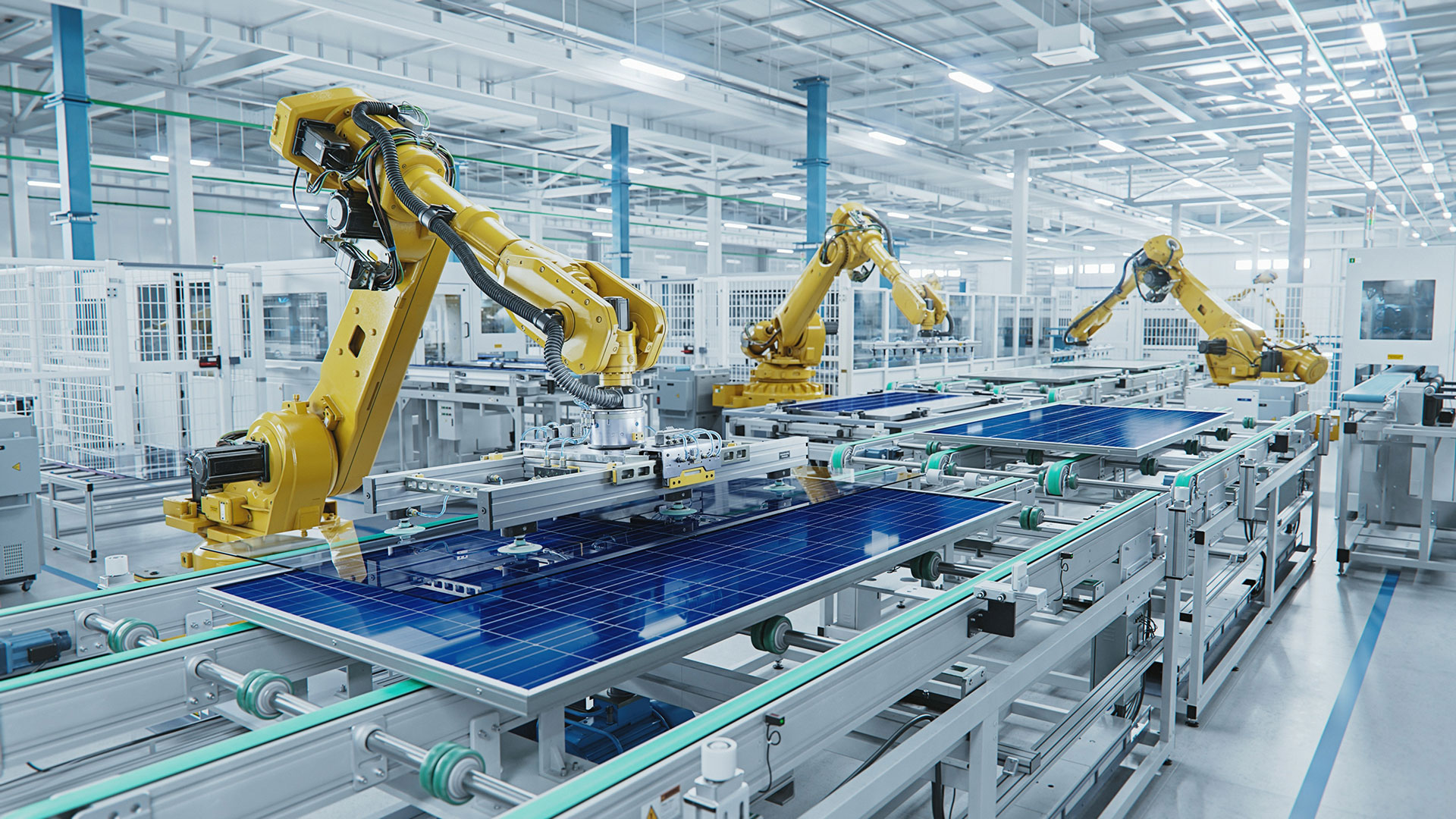As Chief Operating Officer and co-founder of Nulogy, I’m all for new solutions that help my peers, colleagues and others in the industry improve productivity, quality and efficiency in a cost-effective manner. After all, as the old saying goes, “a chain is only as strong as its weakest link,” and I have certainly found that to be true in supply chain networks.
In addition to maximizing productivity and efficiency, it is more critical than ever for supply chain networks to be resilient and responsive. As brand manufacturers aim to deliver products to market with greater volume and complexity amidst an unpredictable economic climate, the onus is on both the brands and their external partners to keep up with increasingly stringent demand and customer requirements.
That’s why we here at Nulogy are strong proponents of building strong, collaborative supply chain networks where everyone works together to respond and adapt in real time. To start, however, you have to take ownership of your internal operations and ensure you are technologically ready to compete in today’s market.
That’s where innovative technologies, such as robotics and automation, come into play. You can’t always control disruptive forces in the market, but you can control how your organization prepares for and responds to them. Automotive manufacturers have been using automation technology to combat skilled labor shortages, shifting customer requirements and quality concerns for years, and manufacturers in other industries are beginning to take note. Many companies, however, aren’t sure where or how to begin.

I recently had the opportunity to participate in a webinar where we took a deep dive into these topics and more. Joining me for the discussion were:
- Misa Ilkhechi, Co-founder and Vice President of Sales at Formic
- Alan Weinman, President and Owner of Co-Pack Partners, LLC
- Daisy Jiang, Senior Director of Marketing at Nulogy
Here are some of my takeaways from that discussion, including why automation is so much more than a buzzword in our industry and how businesses should approach the technology from an investment and culture perspective.
Navigating Economic Uncertainty: Why Automation Matters
One of the toughest things about supply chain disruption and economic uncertainty is that both forces are largely unpredictable. Sure, data and industry trends can point us in the right direction, but uncertainty is the only certainty in these situations and, as Co-Pack Partners President Alan Weinman explained, recent events have made us all too aware of the implications of poor planning. Whether it’s a global pandemic or a trucking crisis, the aftermath leaves us scrambling to pick up the pieces.
The current economic outlook has relaxed from a recessionary risk to more of a softening, but inflation remains problematic and that isn’t going to change any time soon. Many contract packagers and manufacturers are still struggling with post-pandemic workforce constraints, and rising labor costs only add complexity to the situation.
Combating the labor shortage is one of many scenarios when automation can be a game-changer for companies. Businesses are turning to automation to slash costs and boost efficiency, and not just for a quick gain. Automation presents an opportunity to future-proof our organizations in an increasingly complex market.
Business leaders universally agree that building an agile enterprise is mission critical, but what about a resilient one? In my opinion, resilience is the name of the game. We can’t just be flexible; we also need to be able to bounce back from the unexpected curveballs life throws our way. That’s where automation steps up to the plate, ensuring we’re not just surviving but thriving in the face of adversity.
A Formula for Investing in Automation (or Any Technology!)
Companies often go one of two ways when investing in automation, or any new technology or software, during periods of economic downturn. Some take a reserved approach that may involve pressing pause on new investments altogether, while others go big on promising solutions that may offer quick financial returns.
I recommend a blend of the two; don’t be afraid to invest in new technologies if – and only if – they are right for your unique needs and will meet your measurements for success, but don’t go leaping into some shiny new technology just because it promises to have all the bells and whistles. Do your research and due diligence.

If you’ve purchased software or technology in the past, you’ll find investing in automation isn’t much different. When evaluating a new solution, consider the following:
- What are your specific needs? What are you hoping to solve with the potential solution? Why do you need it? The answers to these questions will help you narrow down options in the marketplace and determine how to drive value.
- What is your definition of success? Any investment in automation should translate to measurable business outcomes for your organization, so it’s important to have a clear picture of what a best-case scenario looks like. I suggest trying to look at success through a quantitative lens so the results can be easily measured. Throughout reliability, capacity utilization and cost savings are a few metrics you may want to consider.
- Does the initiative have enterprise-wide support? For an investment in automation technology to be successful, leadership needs to be on board and, of course, budget needs to be in place. The need for top-down support is widely understood in the software landscape, but what about bottom-up support? Don’t forget about your workforce; the people in the warehouse or on the shop floor that will be interacting with the solution every day. Is it going to be easy for them to learn? Is it going to make them more effective in their roles?
Formic’s Misa Ilkhechi also made a point that really resonated with me: robotics and automation technology isn’t limited to the automotive industry anymore. Major original equipment manufacturers (OEMs) and tiered suppliers are currently the largest end users for these solutions, but demand is growing rapidly among smaller manufacturers and the consumer packaging goods (CPG) industry.
We anticipate demand for automation technology will continue to grow as businesses strive to mitigate risk and become more resilient in the face of disruption, and that’s why it’s important for small- to mid-sized companies to begin preparing for automation now. Many businesses wait until disruption strikes or they have extra budget to invest in automation only to find their factory floor or production schedules aren’t a good fit.
My advice? Don’t let automation be an afterthought. Doing so will only slow your return on investment and create the need for additional process changes. Start incorporating the need for automation into your planning processes and production methodologies as soon as possible.
Building Resilience Against Disruption Doesn’t Happen Overnight
The U.S. alone is on track to have 2.1 million unfilled manufacturing jobs by 2030 and the economic impact of the trend could be about $1 trillion in lost revenue. To quote Misa, an estimated 20,000 to 25,000 robots are deployed in the U.S. each year. A lack of skilled labor is a significant problem and robots aren’t a unicorn solution.
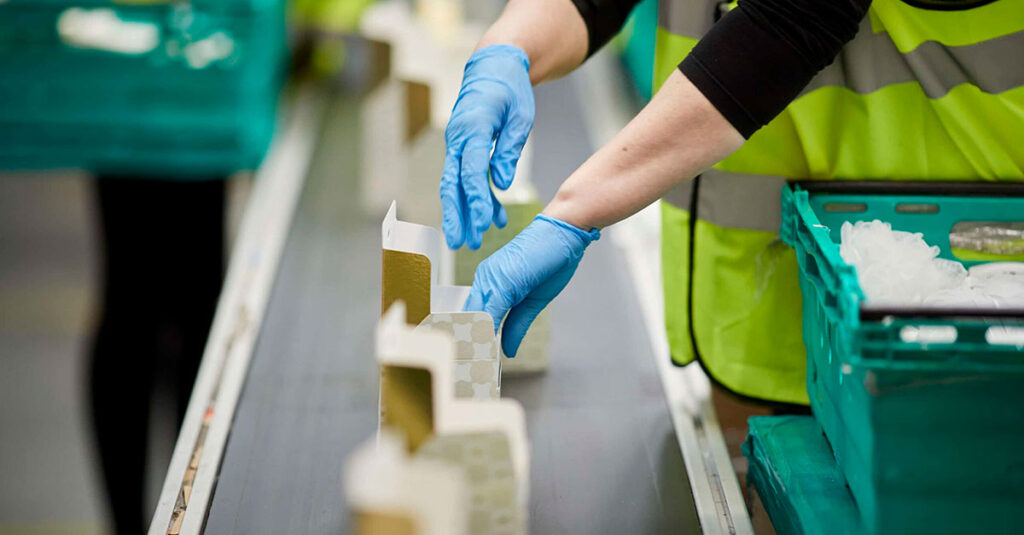
Companies tend to have this misconception that today’s disruptive forces are temporary and will resolve themselves on their own. Misa, Alan and I agree this isn’t a reasonable expectation. We recommend developing five and 10-year plans that identify, if you will, the low-hanging fruit for automation within your operations. Simply put, in which areas can automation quickly and cost-effectively alleviate some of your pain points?
There’s nothing wrong with implementing automation technology slowly and on a small scale. In fact, we highly recommend doing so. One major reason for this is it gives your people time to adjust. Alan shared that he personally found employee buy-in to be the best single greatest predictor for success when adopting any new technology, and I have found the same to be true. If your people want it to work, it will. If they don’t, it won’t.
That’s why it’s important to bring change management into the conversation early in the process and to work with a partner like Formic who is invested in your success. No amount of planning at the top level ensures success when new technology hits the shop floor, but an honest and open dialogue with your people and the insights of an experienced partner can make a world of difference.
These are just a few of my takeaways from our discussion but, as I’m sure you can tell, it was action-packed and full of meaningful insights that can help guide businesses of all sizes through their manufacturing automation journey. To learn more, tune into the full webinar, Unlocking the Potential of Manufacturing Automation and Robotics.


